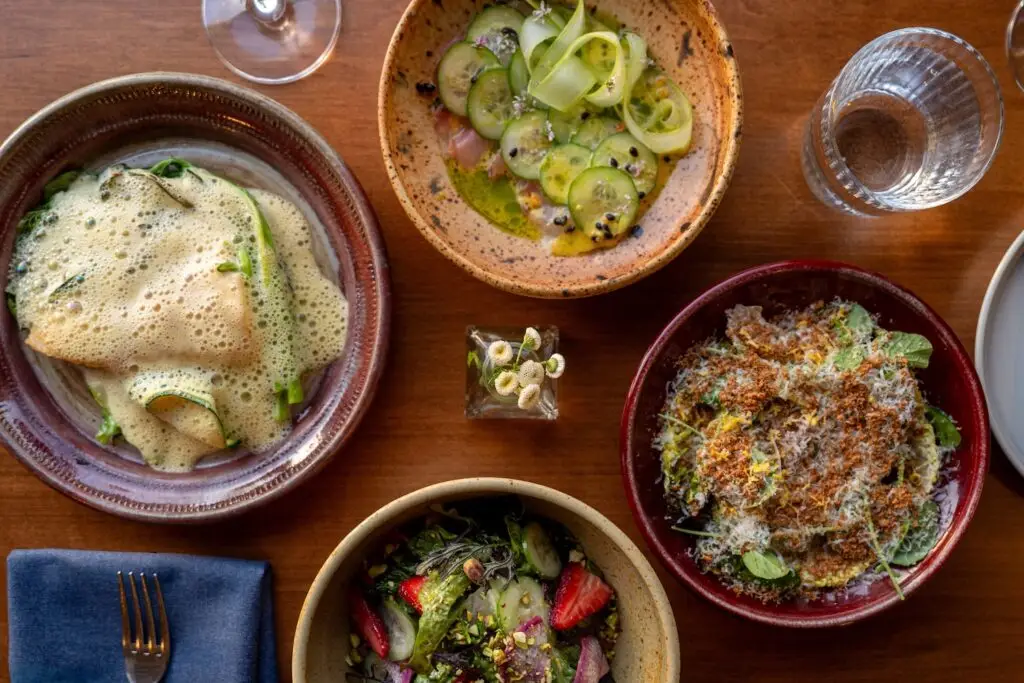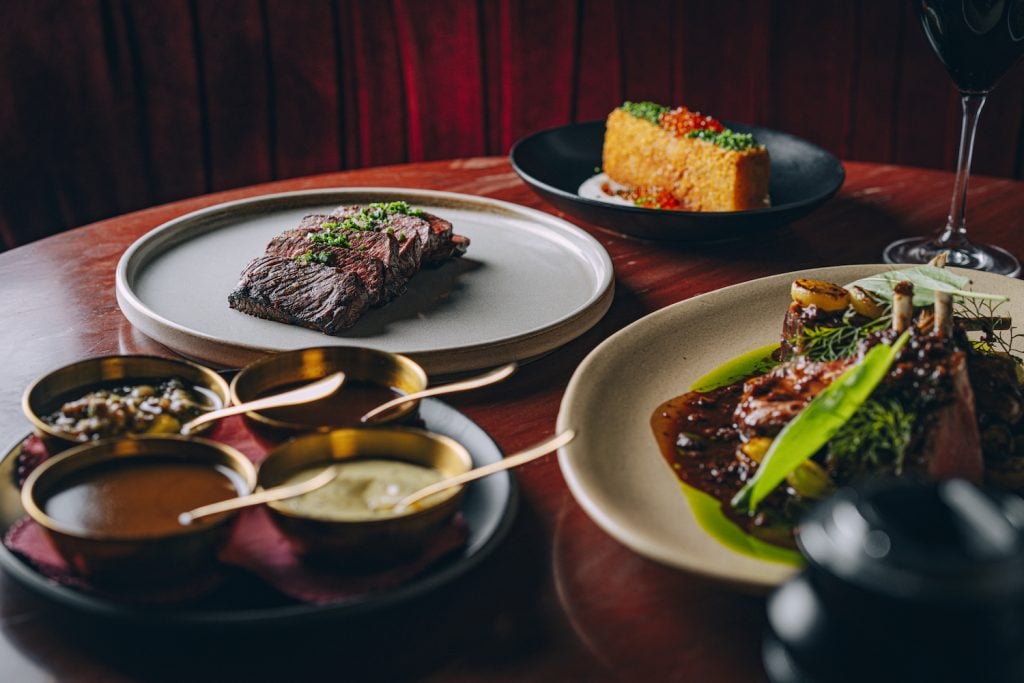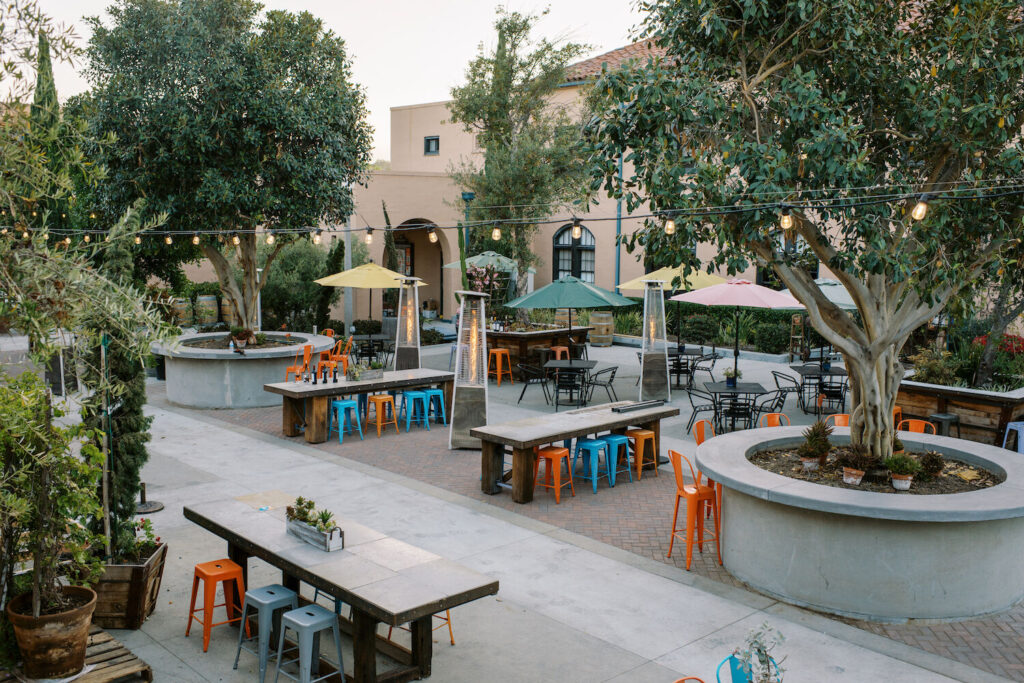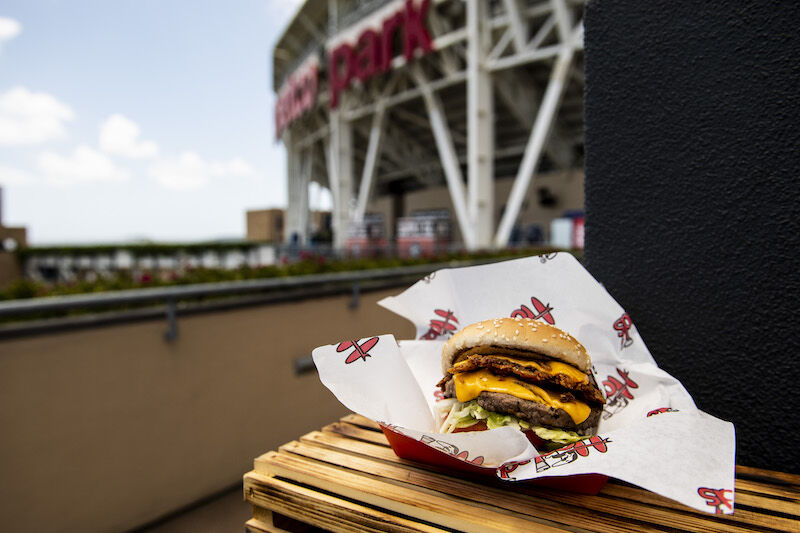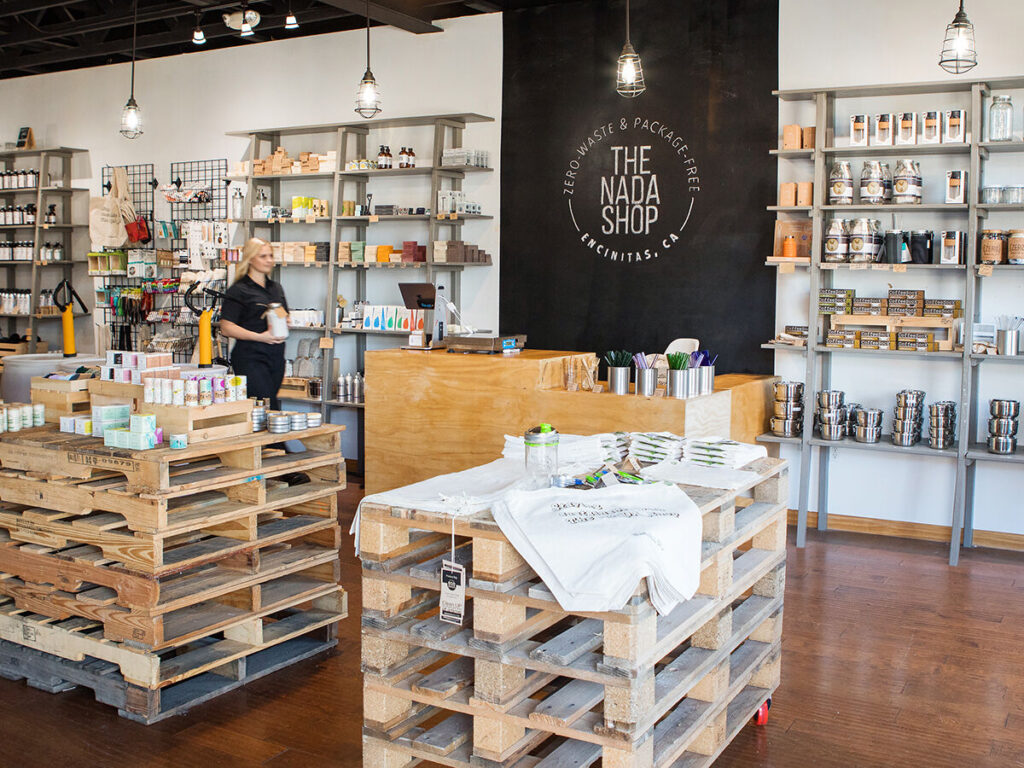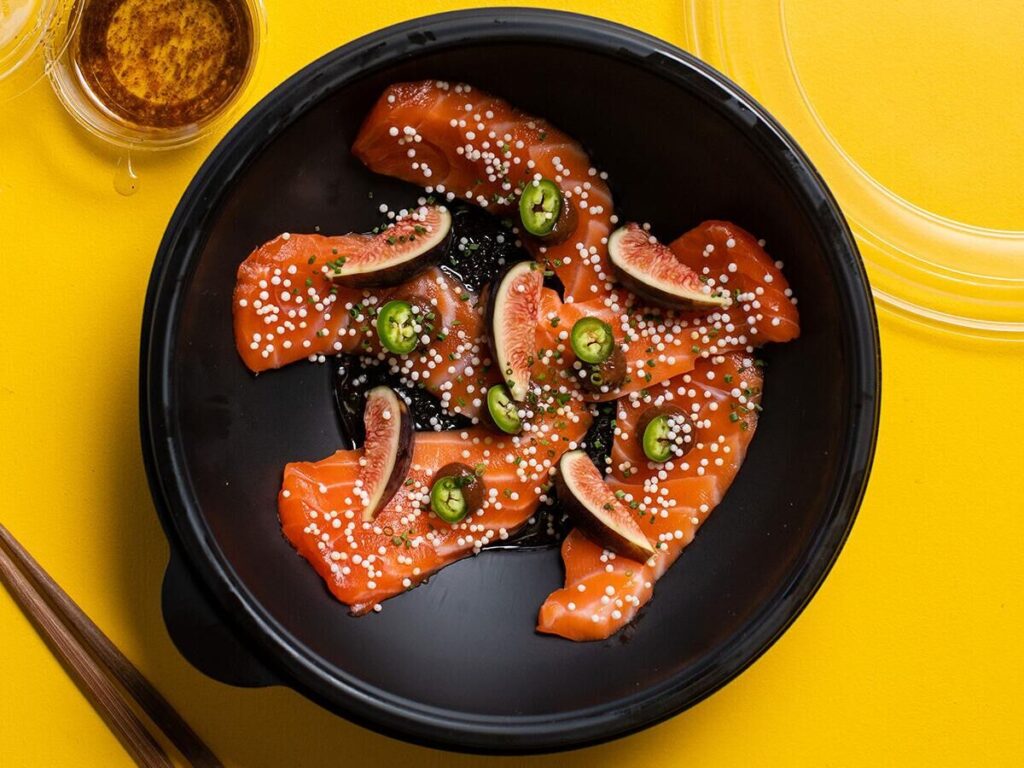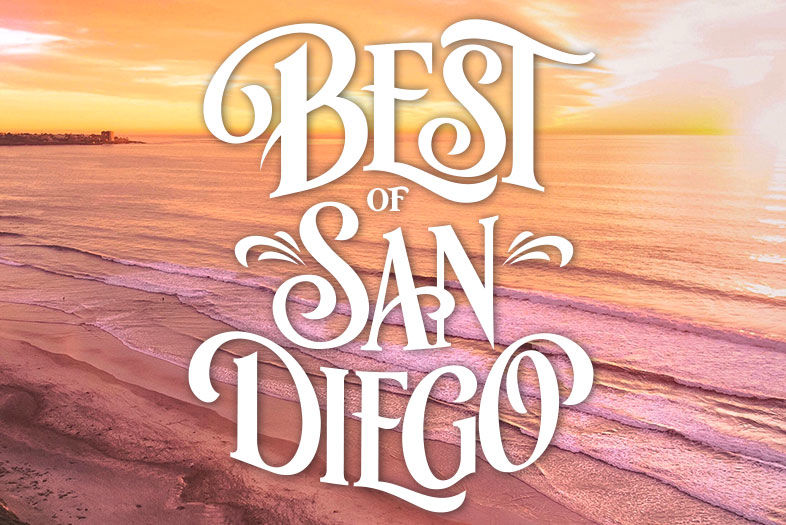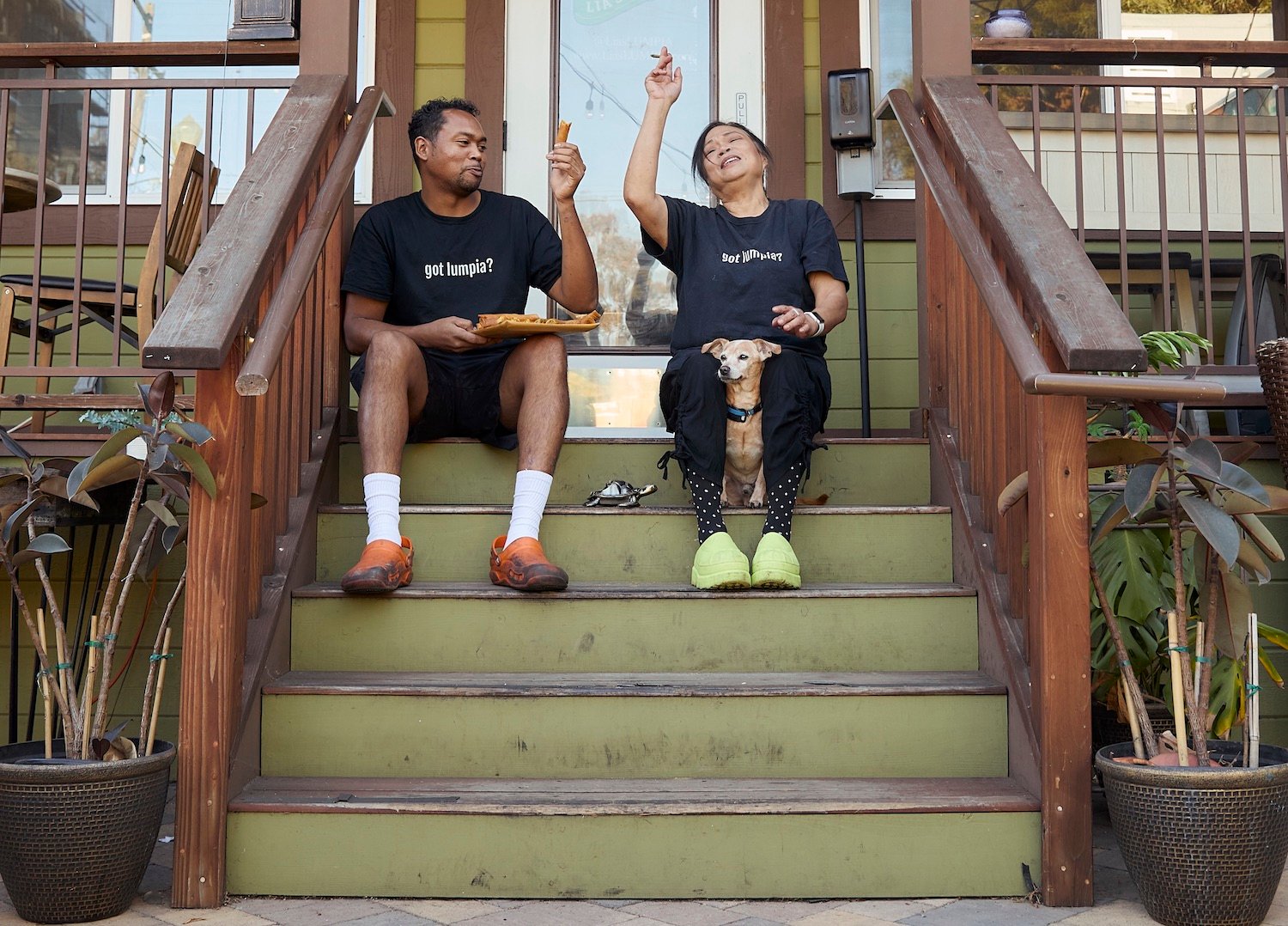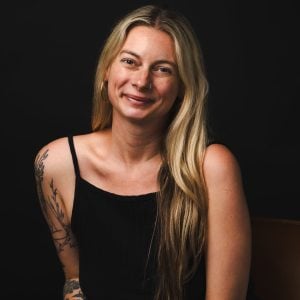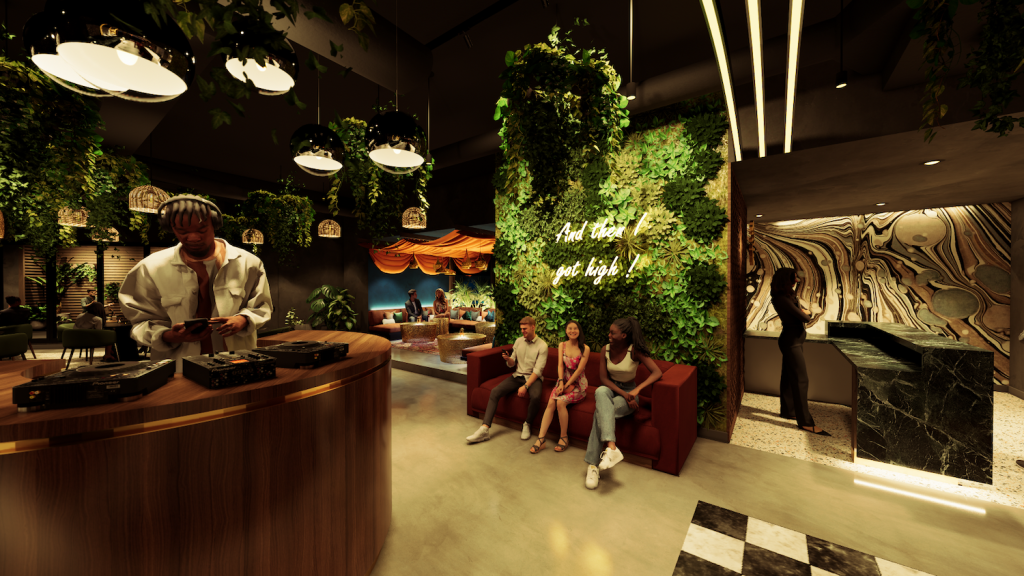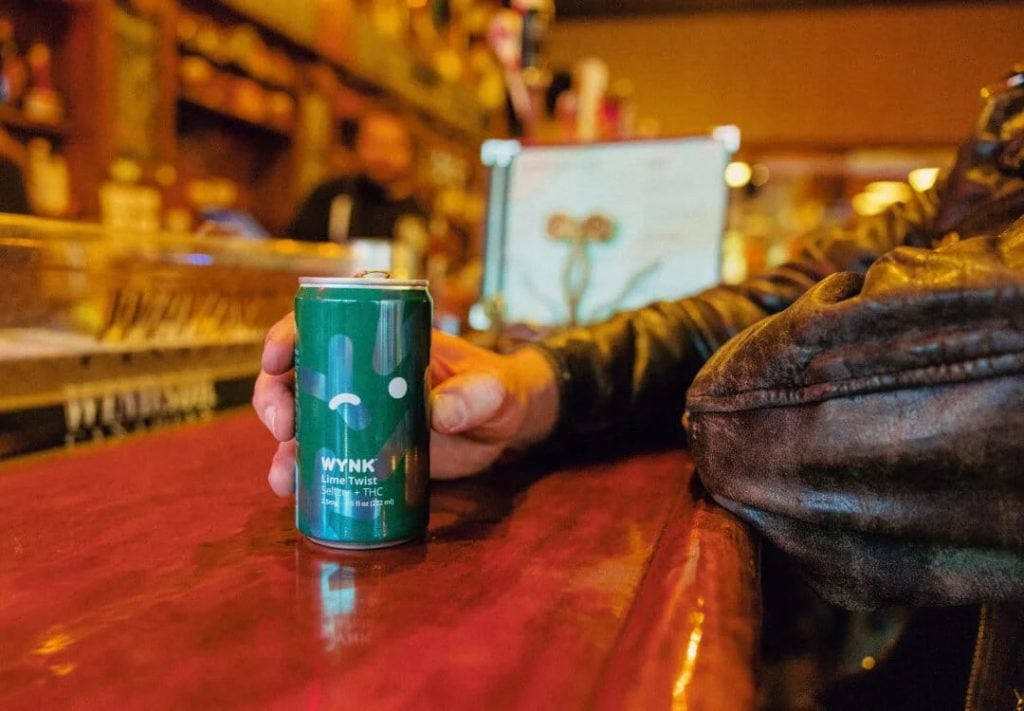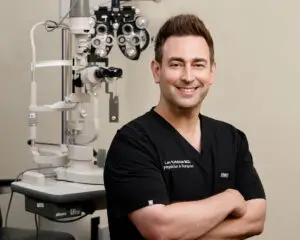The green rush has settled to a steady hum in San Diego. Since Prop 64 (the California law that legalized cannabis use, sales, and manufacturing for adults over 21) passed in 2016 and legal sales started in 2018, cannabis has gone from taboo to almost quaint—ubiquitous, normalized, and as casual as a kombucha in the fridge. It’s not just the same old crowd using it anymore.
The college kids who used to hotbox their buddy’s van with weed they bought illegally are now professionals who microdose gummies from government-licensed retailers. Retirees reach for tinctures to soothe aging knees. Surfers and golfers spark up after—or before, if anecdotes are to be trusted—a challenging set or round. And for the cannabis-curious? Today’s market is sleek, labeled, and often as polished as any other crave-worthy, Insta-pretty product you’d see online.
Perhaps the biggest surprise? It’s older adults leading the way. According to federal surveys, cannabis use among those 65 and older has doubled in the last seven years. In 2021 and 2022 surveys of adults 60 and older, 9.9 percent reported using it in the previous year. This makes seniors the fastest-growing group of cannabis consumers—more than Gen Z, even.
Dr. Igor Grant, director of UCSD’s Center for Medicinal Cannabis Research, credits this shift to the cultural permission that legalization provided. “Older people aren’t going to hang out near a high school to buy weed,” he adds. “Once cannabis became legal, it allowed them to try it—usually for medical reasons,” which he says are overwhelmingly “sleep and arthritic pain–related.”
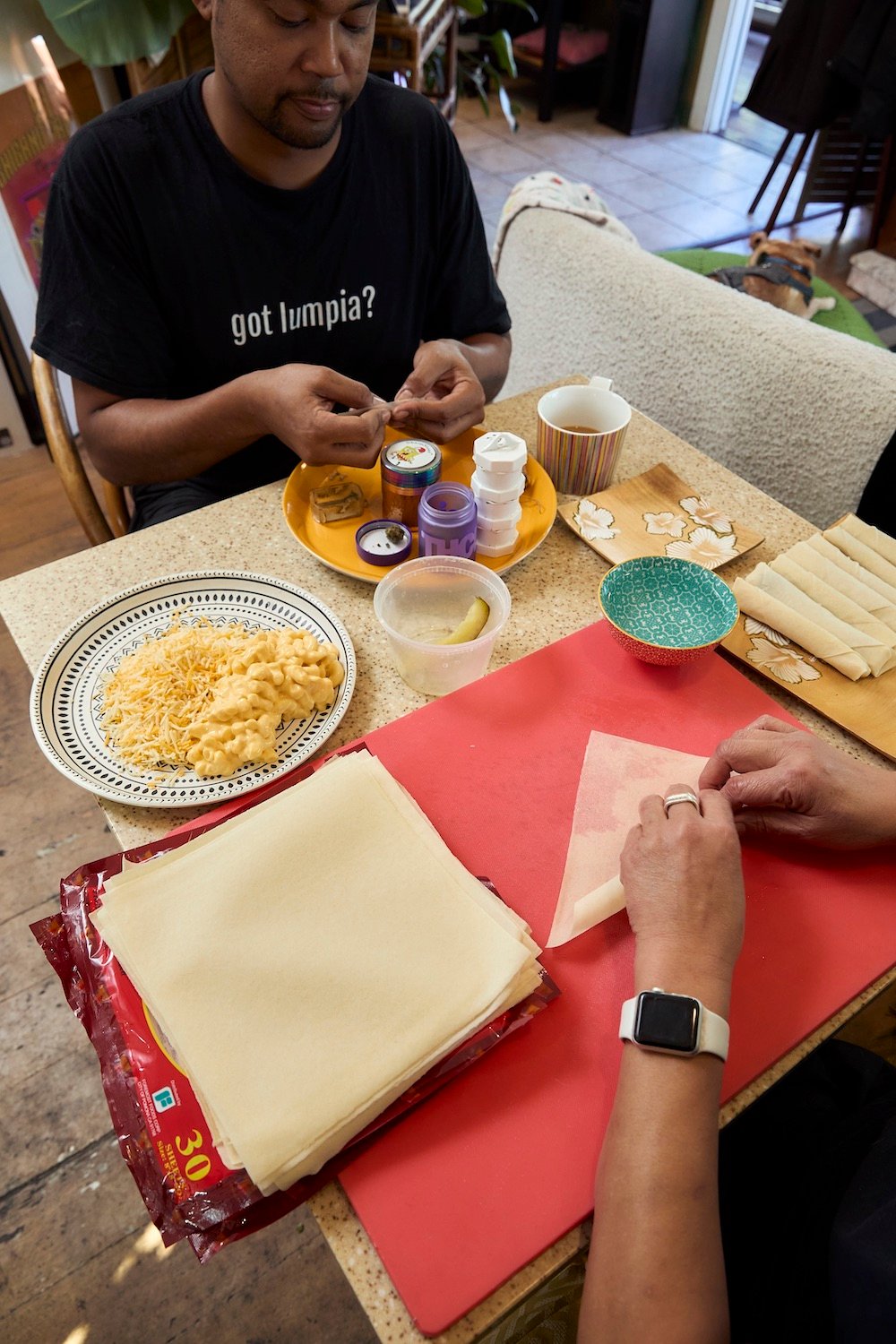
Medical needs are what brought Lia Hunter back into the fold. The 61-year-old cofounder of Barrio Logan restaurant Lia’s Lumpia, Hunter was diagnosed with diabetic gastroparesis, a debilitating condition that left her bedridden with nausea and pain, about a decade ago.
“I was throwing up nonstop, and nothing worked,” she recalls, saying she was prescribed Zofran as well as Dilaudid and other opioids. “Then, my [sons] came in and said, ‘Smoke this.’” It was cannabis that finally provided relief, though she hadn’t used it in years and only considered herself a “recreational” cannabis user.
That kind of access wasn’t always possible. Spencer Hunter, Hunter’s son, remembers what he calls the Wild West days of medical dispensaries before Prop 64. “You’d see trap houses in trailers—places with a hitch ready to roll if they got raided,” he says, laughing.
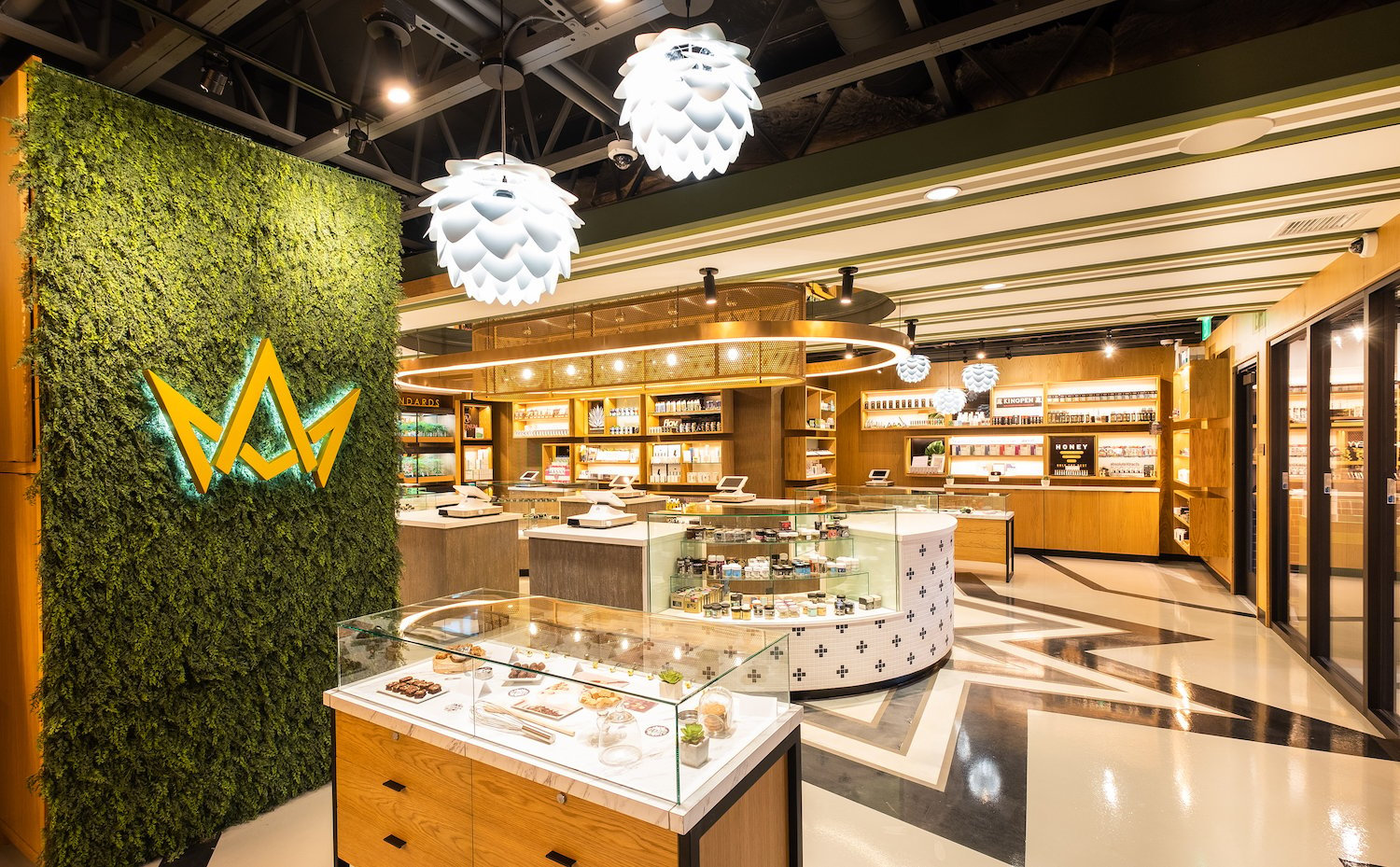
He’d know—he and his brother, Pierce, who remains a budtender at a legal dispensary, worked a delivery service during that time. While there were plenty of so-called recreational customers, Spencer says, it was clear to him that most of them were patients, who he felt honored to serve. Today, dispensaries look more like Apple stores than street-level operations. They tend to be less personalized, and people are showing up to buy simply because they can.
Things have been rolling along at The Cake House, an Encinitas dispensary perched right on the 101. The Cake House is one of her best-selling accounts, says Encinitas-based Heather Williams, who reps Humo, a popular cannabis brand available in shops across the county. “Value eighths and pre-rolls are flying off the shelves,” she adds, referring, respectively, to lower-priced jars of cannabis buds weighing an eighth of an ounce and already-assembled joints. The brand’s top seller, a jar of small pre-rolls, costs $15.
Across the board, dispensaries in San Diego report strong edibles sales, too, but buds and joints are still king. Williams says they’re out the door as fast as staff can stock them, indicating smoking is still en vogue and convenience and value remain key. This matches up with national trends, too; cannabis data company New Frontier Data reports that cannabis flower and pre-rolls are the top-selling product combinations across the country.
Dispensaries’ most popular products, like affordable eighths, full-flower prerolls, vapes, and gummies, reflect cannabis’s democratization. It’s accessible, functional, and far more reliable than the mystery bags of the pre-Prop-64 days. Spencer remembers those years when he and his brother delivered high-quality cannabis to medical patients. It was tested for pesticides and heavy metals even though there were no laws requiring it, but that was far from the norm. “We saw how much it helped people—cancer patients, seniors with Parkinson’s,” he says. “We knew it was medicine.”
That shift in perception—cannabis as medicine, or at least a less-harmful intoxicant—has paved the way for trends like the “Cali sober” phenomenon, where people ditch alcohol in favor of THC. Some consider it a healthier choice and appreciate the more leisurely mornings-after. “I’ve seen more people give up drinking and pick up cannabis than ever before,” Dr. Grant says. Unlike alcohol, he explains, cannabis users tend to remain aware of their impairment. “It doesn’t disinhibit you in the same way.”
Still, combining the two can intensify the effects of each, particularly when it comes to driving. “We’ve seen many emergency room admissions involving seniors who weren’t prepared for that interaction,” Dr. Grant adds, echoing a UC San Diego study that reported cannabis-related emergency room visits rose 1,804 percent among people 65 and older from 2005 to 2019.
The reality is that today’s cannabis isn’t the same as it was at Woodstock. Cannabis flower routinely tests at 25 to 30 percent THC, whereas, “a decade ago, cannabis products commonly had THC levels of about seven to 10 percent,” Dr. Grant explains.
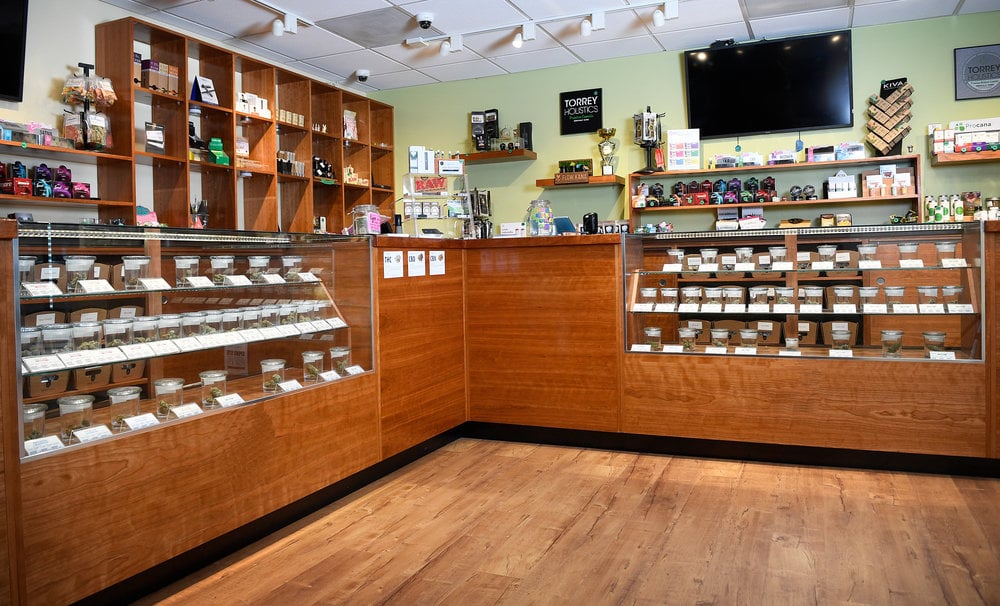
That higher potency is a double-edged sword: It provides better relief for chronic pain, but it can also cause more intense intoxication, interact poorly with medications or alcohol, and, in rare cases, lead to cannabis hyperemesis syndrome—a condition characterized by cyclical vomiting in heavy, long-term users. “It’s the flip side of what we’re talking about as benefits,” Dr. Grant says. “People need to be aware of what they’re consuming.”
Fortunately, legal dispensaries have made the process of buying cannabis safer and more transparent. Everything is tested, labeled, and (mostly) appropriately dosed—though concerns about label accuracy remain an industry-wide issue. Budtenders, like cannabis sommeliers, guide customers to the right product for their needs. Certain dispensaries, including Sorrento Valley’s Torrey Holistics, opened during the medical-only years and still prioritize medical patients.
Torrey Holistics offers compassionate-use programs under SB-34, which allows gifting cannabis to low-income patients and providing discounts for veterans, some of whom use it to treat symptoms of PTSD. “It’s about knowing what you’re getting and where it comes from,” Spencer says.
The Hunters, now industry veterans and activists, envision pushing that further. They dream of starting a nonprofit serving as an educational and political advocacy hub that, in contrast to existing cannabis organizations, bridges the gap for populations not commonly exposed to weed.
“We’re telling people, ‘Look at the testing label, not the box. Know what you’re getting,’” Spencer says. Their experience delivering to patients, many of whom were elderly, sick, or in chronic pain, left a lasting impression. So did joining their ranks. For the Hunters, cannabis is about care and accountability, two pillars they believe the industry still needs to improve upon.
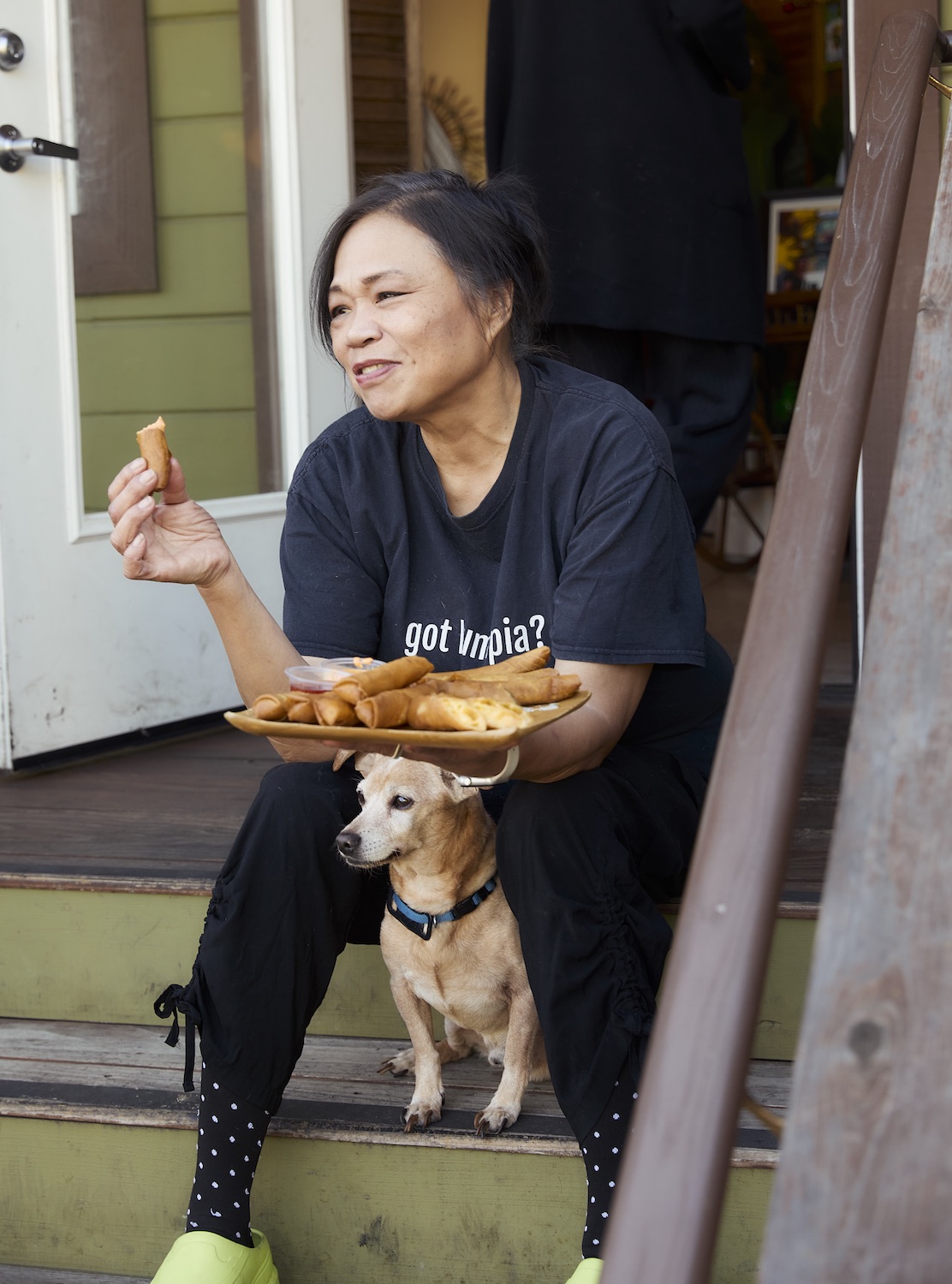
But even in the post-legalization era, access isn’t perfect. Hunter relies on the brand Level’s high-dose THC pills, known as Protabs, to manage her gastroparesis and avoid trips to the emergency room. “A pack costs $79, and I might need three [packs] in a day, depending on how I feel,” she says. Hunter is fortunate—her family’s industry connections mean she gets discounts—but for many medical users, it’s an untenable financial burden, particularly because the human body develops tolerance to THC very quickly, meaning that medical patients often need increasingly high-dose edibles over time.
Despite cannabis being legal and widely accepted as medicine, insurance doesn’t cover it, and there is no longer any distinction between medical and “adult-use” or recreational markets in California since Prop 64 became the law of the land.
The industry’s future is evolving quickly, with federal legalization or the Drug Enforcement Administration’s potential rescheduling of cannabis—that is, moving it to a less restricted category on the controlled substances list—both looming. Experts like Dr. Grant predict that pharmaceutical companies will step in when the time comes, funding research and scaling production.
PARTNER CONTENT
“Cannabis will look very different,” he says. Whether that’s a positive or negative change depends on who you ask. For many, it could mean more consistency and accessibility; for others, it’s a looming sign of a corporate takeover.
For now, San Diego’s cannabis scene is active, diverse, and quietly ahead of the curve. It’s parents managing stress, seniors easing arthritis pain, and professionals swapping out cocktails for something lighter. “It’s everybody,” Hunter says. “And that’s the point.”
